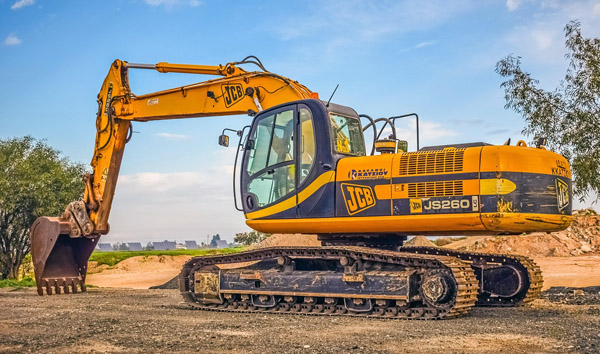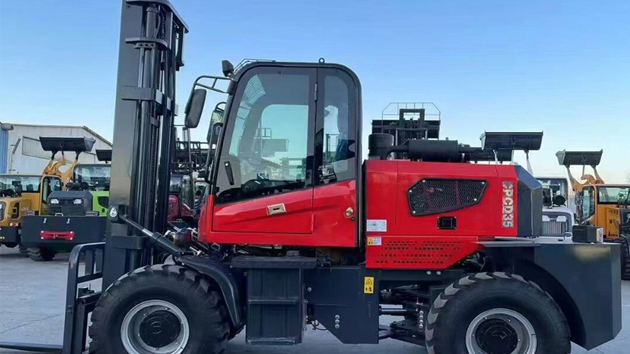The Future of Off-Road Forklifts: Power, Precision, and Performance
2025-07-07 05:45:26
Off-road forklifts have become indispensable in industries requiring heavy lifting in challenging terrains. Unlike standard forklifts, these machines are engineered with reinforced frames, all-terrain tires, and high-torque engines to navigate mud, gravel, and uneven surfaces. Key sectors such as construction, agriculture, and mining rely on off-road forklifts for their ability to transport heavy loads efficiently. Recent data shows a 12% annual growth in demand, driven by infrastructure projects and automation trends.
Enhanced Durability and Load Capacity Modern off-road forklifts are built to withstand extreme conditions. Their reinforced steel chassis and heavy-duty suspension systems ensure longevity even in harsh environments. With load capacities ranging from 5,000 to 15,000 pounds, these machines outperform conventional forklifts in rugged settings. Industry reports indicate that off-road forklifts reduce downtime by 30% compared to standard models, thanks to their robust design and advanced hydraulic systems.
Technological Innovations Driving Efficiency The integration of IoT and telematics in off-road forklifts has transformed operational efficiency. Real-time monitoring allows operators to track fuel consumption, maintenance needs, and load distribution remotely. Hybrid and electric models are also gaining traction, reducing carbon emissions by up to 40%. Leading manufacturers are investing in AI-driven automation to enhance precision in load handling, making off-road forklifts smarter and more sustainable.
Industry-Specific Applications In the mining sector, off-road forklifts are used to transport heavy ore and equipment across uneven terrain. Agricultural operations benefit from their ability to handle bulk materials like feed and fertilizer. Construction sites utilize these machines for lifting steel beams and concrete blocks. The versatility of off-road forklifts makes them a critical asset across multiple industries, with global sales projected to reach $2.5 billion by 2026.
Future Trends and Market Outlook The future of off-road forklifts lies in automation and alternative energy sources. Autonomous models equipped with LiDAR and GPS are being tested for unmanned operations in hazardous areas. Hydrogen fuel cell technology is also emerging as a viable power solution, offering zero emissions and extended runtime. As industries continue to prioritize efficiency and sustainability, off-road forklifts will remain at the forefront of material handling innovation.













